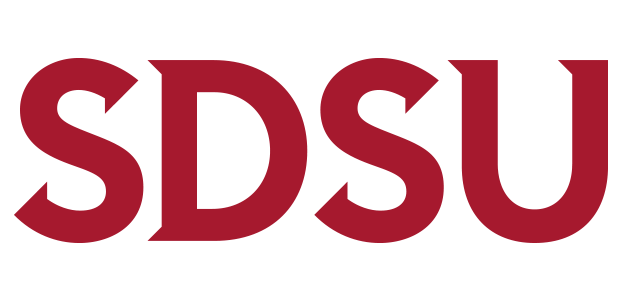Speaker: Taylor Womble-Dahl
Title: “Multiple Vortex Beam Interference Using a Programmable Spatial Light Modulator”
Time: 9:30 am, Friday, May 8th, 2015
Place: P-250
Abstract:
The interference of light, a form of electromagnetic radiation, has been studied in depth for many years. Early experiments were performed with incoherent sources but the field has taken on new focus with the advent of the laser, which allows us to work with monochromatic coherent sources. While the effects of linear interference are now commonplace study in the university setting, we wish to take this idea to a more complex regime where the electric fields and in turn the interference patterns produced by them are a function of azimuthal angle.
In this work we first lay the foundation for point source interference before expanding the concept to multiple source interference. We then use this idea as an analog for beams of light with azimuthally varying phase distributions known as vortex beams.
These vortex beams can be combined with positive and negative topological charge to create azimuthal interference patterns. The combination of two beams with opposite charges creates an azimuthal two-beam interference pattern where the intensity varies sinusoidally with azimuthal angle. We create a series of these vortex interference patterns with varying pairs of charge and show their respective outputs. We combine several of these beams to create patterns where the interference becomes more sharply defined in the azimuthal direction for some points and where destructive interference eliminates or reduces some of the other points. The process for combining these beams is complicated by the fact that the radii of the different vortex beams are dependent on their respective topological charge as well as the Fourier lens used to focus them to an observation plane.
We outline an experimental system centered on the spatial light modulator that will be used to create these vortex beams. We first generate a series of patterns where the interference patterns of different charge are focused with different focal lengths such that their radii agree. To encode these patterns on to one spatial light modulator, we outline an algorithm that provides a way to virtually propagate different focal lengths to the same plane and superimpose them virtually. We are then able to show the effects of multiple vortex beam interference for varied combinations of charge and focal length. Experimental results agree with theory.
Committee Chair: Dr. Jeffrey Davis
Committee Members: Dr. Calvin Johnson and Dr. Ricardo Carretero

